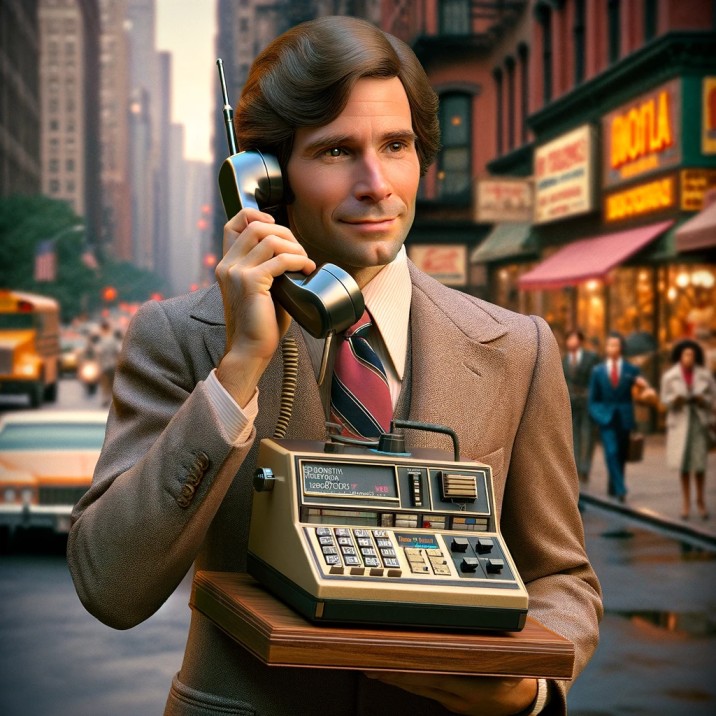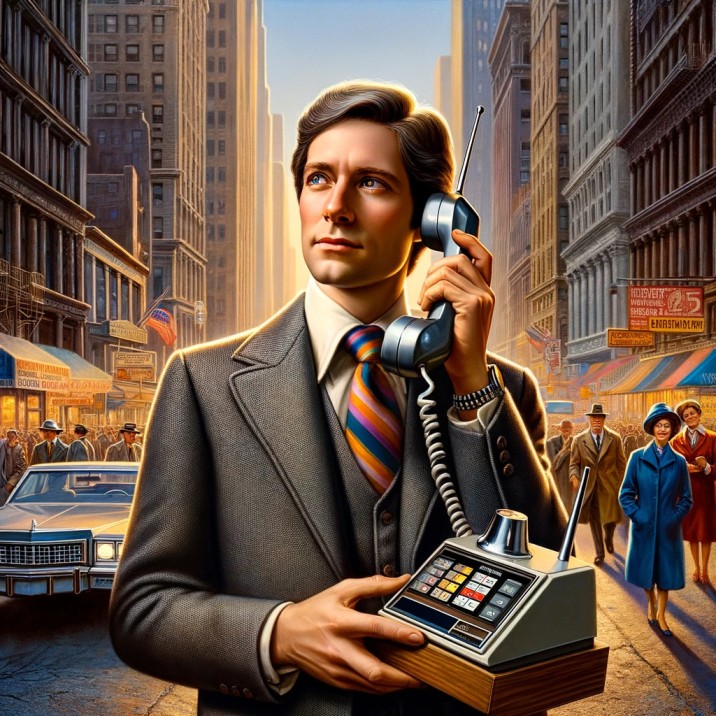On April 3, 1973, Martin Cooper made history by making the first public call on a handheld mobile phone. This call, made to Cooper’s rival at Bell Labs, Joel Engel, marked the birth of a technology that would eventually reshape the world. The phone used for this historic call was the Motorola DynaTAC 8000X, a device that, in its prototype form, was a far cry from the sleek smartphones of today. Weighing around 2.5 pounds, with a battery life of just 20 minutes, it was a bulky and rudimentary device by modern standards, but at the time, it was a groundbreaking innovation.

The development of the DynaTAC 8000X was a significant engineering challenge. It required overcoming numerous technical obstacles, including miniaturizing components that were traditionally housed in much larger devices and managing power consumption for reasonable battery life. Despite these challenges, Cooper and his team succeeded, and the first handheld mobile phone was born.
Following this historic call, it took a decade for the DynaTAC 8000X to be refined into a commercially available product. In 1983, Motorola released the DynaTAC 8000X to the public. With a price tag of $3,995, it was a luxury item, accessible only to a select few. This first commercial model offered 30 minutes of talk time, six hours of standby, and could store 30 phone numbers.
Martin Cooper’s vision extended beyond just creating a new device; he foresaw a world where personal communication was not bound by wires or location. This vision was realized over the subsequent years as mobile phones became more affordable and technologically advanced, eventually evolving into the essential, multifunctional tools they are today.


